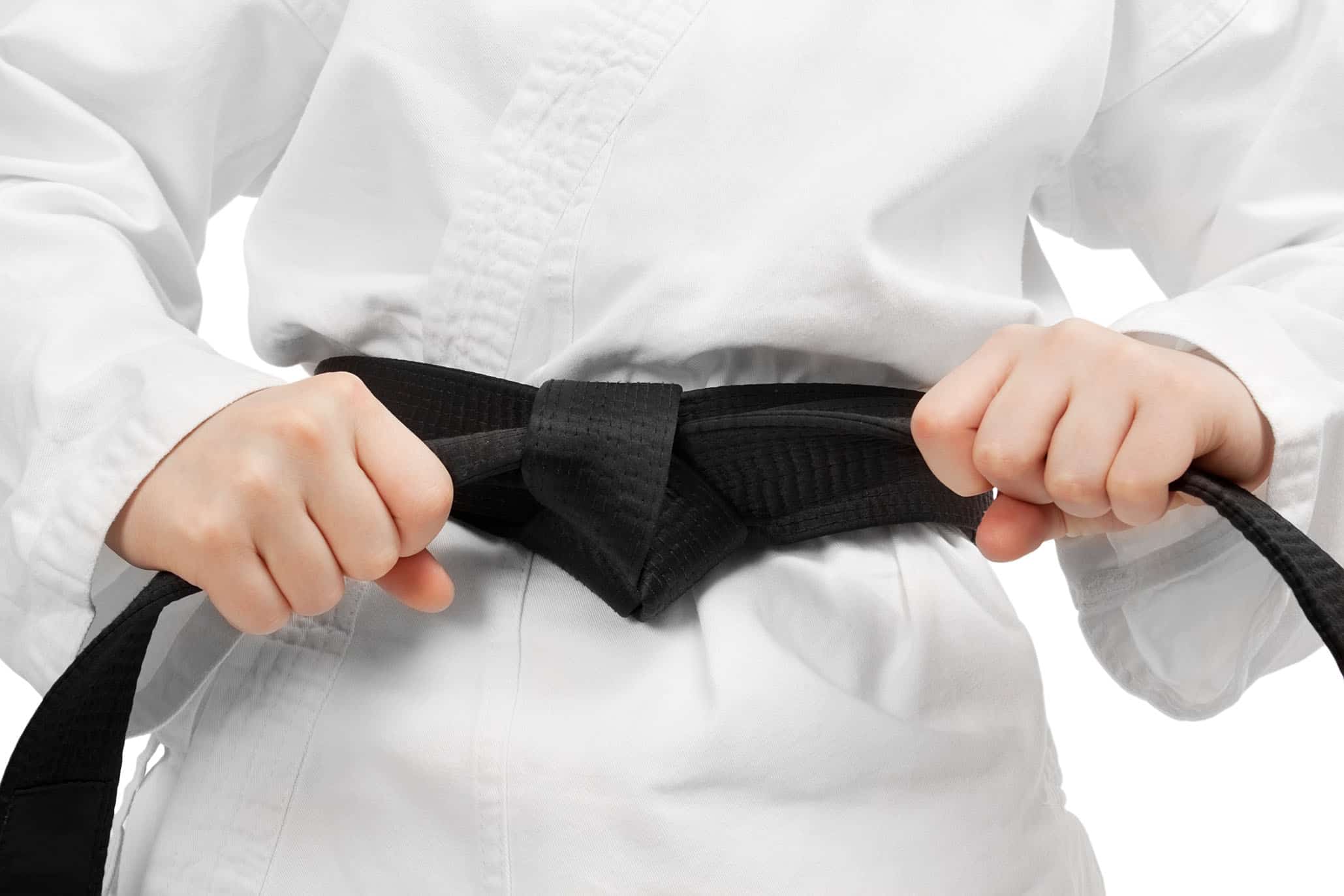Martial Arts Types – Karate, Judo, Capoeira, and Aikido
There are many kinds of martial arts. Each one has its pros and cons. In this article, we’ll discuss karate, judo, capoeira, and aikido. Each style has its pros and cons, and the best way to decide is to research the subject thoroughly. You should be prepared to defend yourself and fight once you have decided to study a martial art. Here are some advantages of each.
Karate
There are two distinct stances in the sport of karate, known as kumite and kata. Kumite is sparring, where one’s opponent must stay within one inch of their opponent. This type of sparring is usually three minutes long and ends when neither contestant scores a clean “killing point.” Kata, on other hand, is a competition performing predetermined movements, which are scored by a panel of judges.
Judo
Judo, originally called Kano Jujutsu in Japan, was founded in the mid-1800s. Its founder, Ikubo Kanno, considered it a separate martial art. They were later merged into Judo. Both martial arts share many similarities, including grappling as well as throwing. Nevertheless, Kano aimed to create a sport that would be safe for people of all ages and abilities.
Capoeira
Continue reading if Capoeira is something you are interested in. This Brazilian art form combines martial arts, dance and acrobatics with music and spirituality to create an impressive and dynamic combination. The 16th century saw the birth of the art form in the midst enslaved Africans’ mixing of different cultures. Capoeira, unlike other martial arts is always evolving.
Aikido
Aikido is a contemporary Japanese martial art that is divided into many different styles. It is practiced in over 140 countries. Some styles specialize in stances and stance techniques, while others focus more on weaponry and footwork. Regardless of style, Aikido is an excellent way to learn self-defense and develop physical fitness. Visit the official website of Aikido for more information. The style itself can be practiced anywhere and is very flexible.
Ninjutsu
The term Ninjutsu, sometimes used interchangeably with ninp, refers to the strategy of unconventional warfare, guerrilla warfare, and espionage. It is a combative strategy that can be used in many situations. Individuals and groups can practice Ninjutsu to defeat a threat. It has a long tradition of espionage or guerilla war, and was popularized in Japan by law enforcement and the military.
Traditional Chinese martial arts
The term “taolu” in Chinese martial art refers to training opposing fighters. Forms have traditionally played a lesser role in combat training and were often left behind for drills or sparring. They played an important part in the development of balance and coordination for martial artists. Forms include weapons, meditation, and fluid motion, and often involve visualization of the attacker.
Modern American martial art
A renowned historian, writer, and martial artist, Douglas M. Laurent combines the ancient warrior ways with modern concepts and myths in Modern American martial arts. His nonstop personality and his jovial edge have made him an influential figure in the world of martial arts. He divides his time between writing and instructing a small group of advanced Martial Arts students. He also leads meditation, Ki seminars, and participates as an actor or producer in film productions. He frequently travels to document various aspects of Asian culture.

